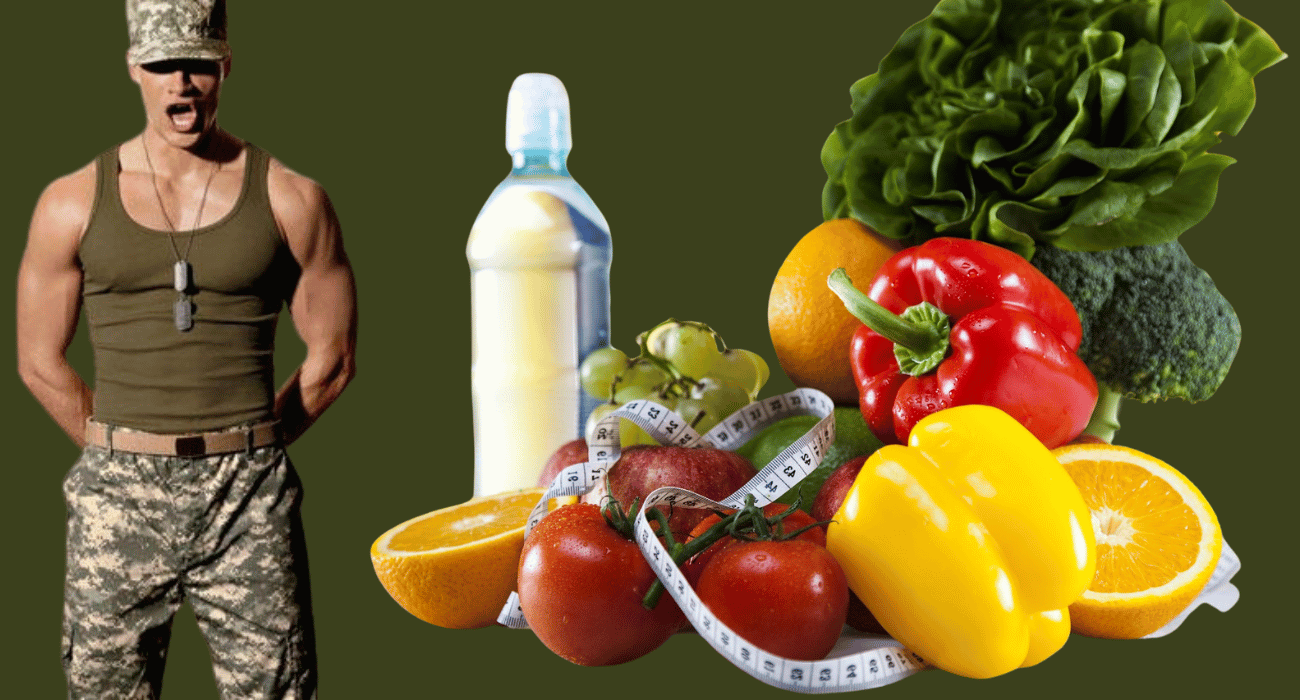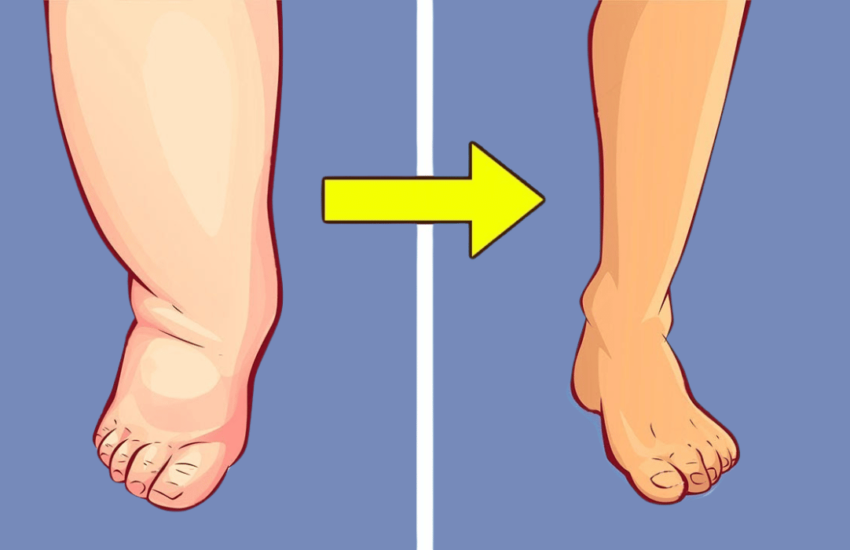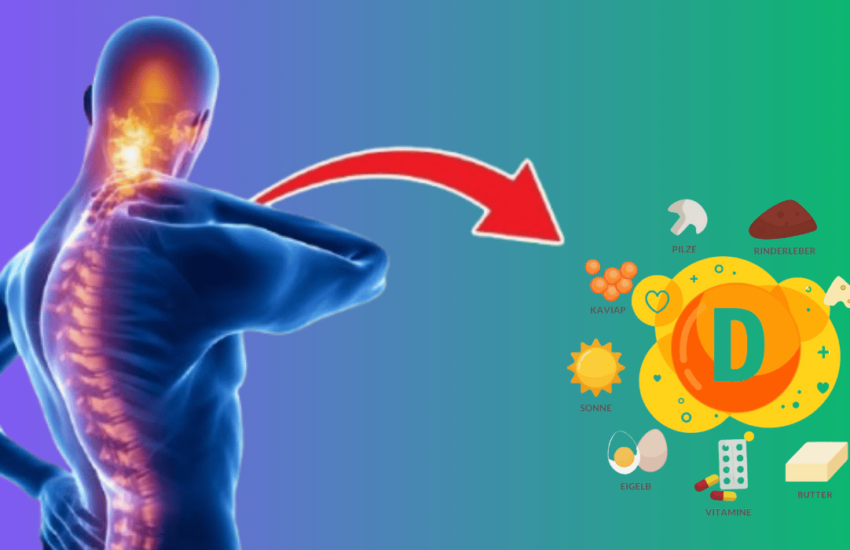3-Day Military Diet Plan to Lose 10 Pounds in a Week
The military diet prioritizes protein consumption, which promotes a sense of satiety and helps preserve muscle mass.
For those seeking rapid weight loss, the military diet, sometimes dubbed the US Army diet, may be an option, though it’s important to note it has no affiliation with any military organization. Its strict regimen is credited with facilitating swift weight reduction. However, before embarking on this plan, it’s essential to weigh its potential pros and cons.
Stringent Guidelines and Substantial Weight Reduction:
Supporters of the military diet claim it can lead to shedding up to 5 kilograms per week if adhered to diligently.
This diet is highly restrictive, emphasizing low-calorie intake with a mix of seemingly nutritious and less healthy food choices. The meal plan dictates specific foods for breakfast, lunch, and dinner, without allowance for snacks or deviations. Thus, careful meal planning is necessary before commencing, as personal food preferences are not accommodated.
The military diet entails three days of low-calorie intake followed by four days of returning to regular, healthy eating habits. During the initial three days, calorie consumption is restricted to 1,400, 1,200, and 1,100 calories respectively.
The diet comprises limited portions of protein, some fat, and carbohydrates, alongside designated food groups aimed at boosting metabolism and fat burning.
While the diet’s website asserts that millions worldwide have shed approximately 5 kilograms per week and up to 10-15 kilograms monthly by adhering strictly, individual weight loss outcomes on such a restricted regimen vary significantly.
Low-calorie diets typically involve consuming fewer than 1,000 calories daily.
Meal Plan:
Throughout the day, water consumption is encouraged, alongside 1-2 cups of black coffee or tea sans sugar or milk.
Day One:
Breakfast:
- Half a grapefruit
- One slice of whole wheat toast
- Two tablespoons of unsweetened, unsalted peanut butter
- 1 cup of black coffee or tea
Lunch:
- Half a cup of canned tuna
- One slice of whole wheat toast
- 1 cup of black coffee or tea
Dinner:
- 85 grams of meat
- 1 cup of green beans
- Half a banana
- Small apple
- 1 cup of dairy-free vanilla ice cream (available in diet sections of stores)
Day Two:
Breakfast:
- One boiled egg
- One slice of whole wheat toast
- Half a banana
Lunch:
- One boiled egg
- 1 cup of cottage cheese
- 5 saltine crackers
Dinner:
- 2 hotdogs (without buns)
- 1 cup of broccoli
- Half a cup of carrots
- Half a banana
- Half a cup of dairy-free vanilla ice cream
Day Three:
Breakfast:
- 5 saltine crackers
- Slice of cheddar cheese
- Small apple
Lunch:
- One boiled egg
- One slice of whole wheat toast
Dinner:
- 1 cup of canned tuna
- Half a banana
- 1 cup of dairy-free vanilla ice cream
Alternate Vegetarian Meal Plan:
Day One:
Breakfast:
- Half a grapefruit
- One slice of whole wheat toast
- Two tablespoons of peanut butter
- 1 cup of black coffee or tea
Lunch:
- Half an avocado
- Two tablespoons of hummus
- One slice of whole wheat bread
- 1 cup of black coffee or tea
Dinner:
- Tofu (up to 300 calories)
- 1 cup of green beans
- Half a banana
- Small apple
- 1 cup of dairy-free vanilla ice cream
Day Two:
Breakfast:
- Half a cup of cooked beans
- One slice of whole wheat toast
- Half a banana
Lunch:
- 1 cup of soy or almond milk
- Half an avocado
- Two tablespoons of hummus
- 5 saltine crackers
Dinner:
- 2 vegetarian sausages
- 1 cup of broccoli
- Half a cup of carrots
- Half a banana
- Half a cup of dairy-free vanilla ice cream
Day Three:
Breakfast:
- Slice of cheddar cheese
- 5 saltine crackers
- Small apple
Lunch:
- Half an avocado
- One tablespoon of hummus
- One slice of whole wheat bread
Dinner:
- Half a cup of canned chickpeas
- Half a banana
- 1 cup of dairy-free vanilla ice cream
Drawbacks of the Military Diet:
Challenges associated with adhering to the military diet stem from its limited nutritional diversity, lacking sufficient fiber, vitamins, and minerals. Additionally, it contains high levels of salt, sugar, and saturated fats, found in items such as pretzels, peanut butter, bread, sausages, and cheese. The diet heavily relies on processed foods, which often contain elevated salt content.
Monitoring sodium intake is crucial, as meals should not surpass the recommended daily limit of 2,300 milligrams. Checking nutritional labels on processed foods aids in adhering to daily sodium allowances.
Nutrition experts advise against prolonged adherence to this diet due to its reliance on high-calorie foods in minimal quantities.
Advantages:
In the short term, the military diet offers clear benefits for weight loss.
The prescribed four-day meal plan incorporates a variety of fruits and vegetables.
Emphasis on protein intake in the military diet enhances satiety, preserves muscle mass, and supplies energy for daily activities.


